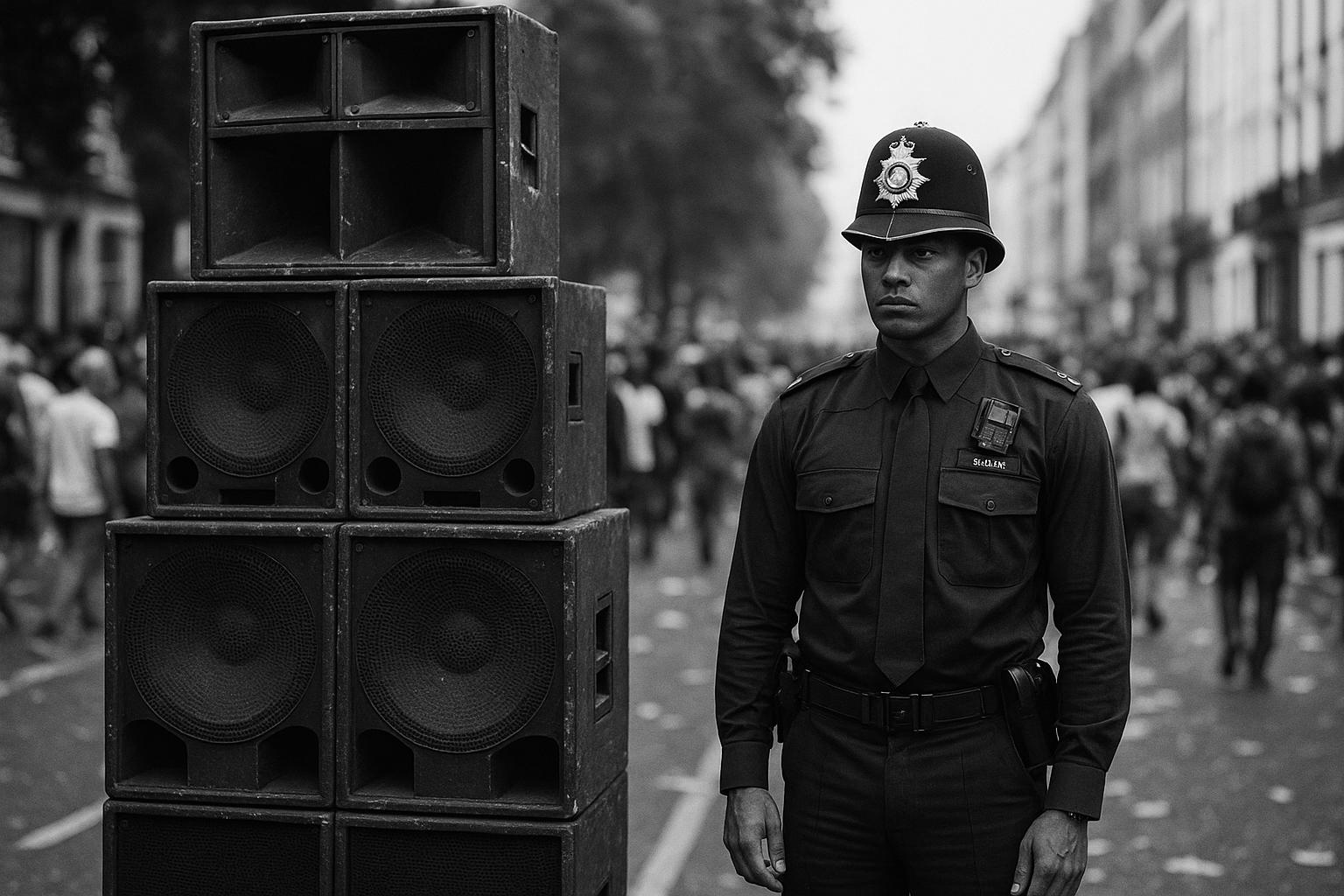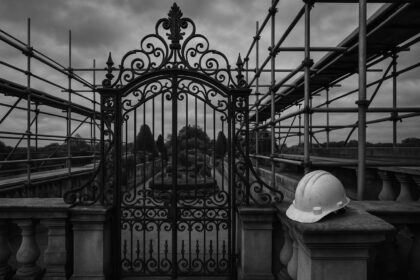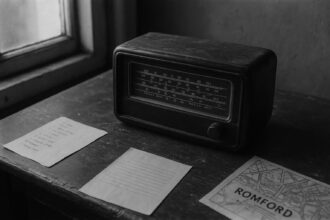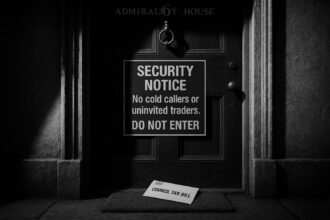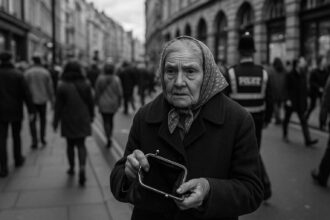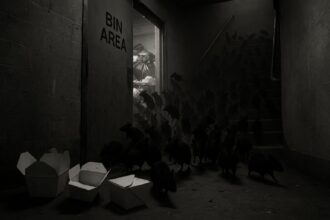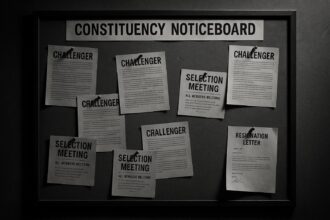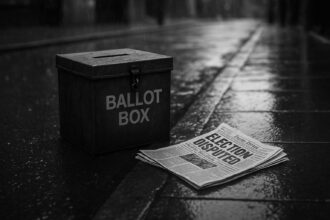Ahead of this year’s Notting Hill Carnival the Metropolitan Police has reiterated a ban on officers dancing while on duty, citing crowd‑safety risks and last year’s violent incidents as justification for a large, intelligence‑led deployment that will also use screening and live facial recognition.
For the upcoming Notting Hill Carnival, the Metropolitan Police have reiterated an instruction that officers must not dance with revellers while on duty — a restriction the force says is necessary to keep hundreds of thousands of people safe. A Metropolitan Police spokesperson told The Guardian in a statement that officers are “there to keep revellers safe, not to join in the revelling,” and that the standards of behaviour for the operation will be communicated clearly ahead of the weekend.
The ban is being enforced against the background of the Met’s largest annual policing deployment: roughly 7,000 officers and staff will be on duty across the carnival footprint each day. According to the force’s policing plan, the emphasis this year is on intelligence-led tactics, pre-emptive arrests, screening arches and rapid response — measures the Met says would be undermined if officers were distracted by joining in the celebrations.
Images of officers dancing amid sound systems have long been part of the carnival’s visual fabric — seen by many as a small but valuable gesture towards repairing historic strains between the police and west London communities. Yet the ban, first introduced in 2019, reflects a change in risk calculation inside the force. “Carnival is a fantastic event but it is a serious event,” one police source told The Guardian, underlining the view among senior commanders that officers need to remain visibly operational rather than performative.
That shift in posture is grounded in recent operational experience. Met incident figures from last year recorded dozens of assaults on officers, multiple stabbings, hundreds of arrests and two killings over the weekend; the force’s own post-event update itemised officer injuries, weapons recoveries and a high volume of offences that, it said, justify a more robust preventative stance. The scale and density of the crowds — the carnival routinely attracts more than a million people over two days — add a persistent fear of crushing in narrow residential streets, a danger senior police figures have described in stark terms.
Alongside the dancing ban, the Met will again use live facial recognition (LFR) technology on approaches outside the formal event boundary, saying the system is intended to identify wanted suspects and missing people and that alerts will be reviewed by officers rather than triggering automatic arrests. The force’s statement stressed safeguards for biometric data. Civil‑liberties groups, however, warn that LFR is prone to racial bias and misidentification; the BBC has reported campaigners’ concerns even as Met officials defend the technology as an intelligence-led tool designed to deter those intent on causing harm.
Tensions between the police and carnival organisers have been audible in recent months. Metropolitan Police Commissioner Sir Mark Rowley has warned of crowd‑safety risks — likening the potential for catastrophic crushing to past stadium disasters in stark terms — and has called for a “reset” in event management, arguing that responsibility for stewarding and crowd control cannot rest solely with officers. Organisers have pushed back, arguing stewardship and community ownership are central to the carnival’s character and that policing should support, not supplant, those arrangements.
The carnival itself remains, for many, a vital celebration of Caribbean culture that dates back almost seven decades and grew from community resistance to overt racism. The event timetable published by the carnival organisers sets out a three‑day programme: a National Panorama event on Saturday, a family‑focused Children’s Day and J’ouvert on Sunday, and the main Adults’ Day parade on bank holiday Monday. Its free, community-led nature and the ubiquitous sound systems are part of the attraction — and part of the operational headache for policing in densely packed streets.
The unfolding mix of public‑safety measures — a dancing ban for officers, high staffing numbers, screening and biometric technology — highlights an unresolved trade‑off at the heart of policing large cultural events. The Met insists the steps are necessary and intelligence-led and points to last year’s harms as justification; campaigners and some community voices warn those tactics risk further eroding trust and disproportionately targeting minority attendees. Both sides say they want the same outcome: a safe carnival that retains its cultural vibrancy. How that balance is struck over the coming weekend will be closely watched by residents, revellers and civil‑liberties groups alike.
For attendees, organisers and the police the immediate message is practical: expect a highly policed environment, visible security measures on approaches, and repeated public appeals for information or concerns to be reported via established channels. The Met has urged the public to work with officers and partners to deter serious violence and to prioritise crowd safety while the carnival proceeds.
 Reference Map:
Reference Map:
Reference Map:
- Paragraph 1 – [1], [3]
- Paragraph 2 – [1], [3]
- Paragraph 3 – [1]
- Paragraph 4 – [5], [1], [6]
- Paragraph 5 – [3], [4], [1]
- Paragraph 6 – [6], [4]
- Paragraph 7 – [7], [1]
- Paragraph 8 – [1], [3], [4], [6]
- Paragraph 9 – [3], [1]
Source: Noah Wire Services
- https://www.theguardian.com/culture/2025/aug/18/police-officers-warned-against-dancing-ahead-of-notting-hill-carnival – Please view link – unable to able to access data
- https://www.theguardian.com/culture/2025/aug/18/police-officers-warned-against-dancing-ahead-of-notting-hill-carnival – The Guardian reports that ahead of the 2025 Notting Hill Carnival the Metropolitan Police reiterated a ban on officers dancing with revellers, arguing that moving with the crowd could distract them from operational duties. It notes almost 7,000 officers will be deployed and that the two-day event attracts more than one million attendees. The article cites recent violence at the carnival, including two murders and numerous officer injuries last year, and highlights concerns about crowd safety and potential crushing in narrow streets. It also reports controversy over plans to deploy live facial recognition on approaches to the event and policing.
- https://news.met.police.uk/news/met-appeals-for-publics-help-to-keep-carnival-safe-in-2025-499483 – The Metropolitan Police press release sets out the force’s policing plan for Notting Hill Carnival 2025, stating approximately 7,000 officers and staff will be deployed daily. It explains tactics including intelligence-sharing, pre-emptive arrests, screening arches and the use of live facial recognition on approaches outside the event boundary to identify wanted individuals and missing people. The statement stresses safeguards for biometrics and that alerts do not automatically trigger arrests. It urges the public to report information via Crimestoppers and emphasises partnerships with community groups to deter serious violence, knife crime and exploitation while prioritising crowd safety in packed residential streets.
- https://feeds.bbci.co.uk/news/articles/c0j4l5w4v83o – The BBC reports the Metropolitan Police will deploy live facial recognition cameras on the approaches to Notting Hill Carnival 2025, outside the event boundary, to identify wanted people, missing persons and those subject to sexual harm prevention orders. Deputy Assistant Commissioner Matt Ward defended the measure as intelligence-led, while campaigners and civil liberties groups warned LFR is racially biased and misidentifies people from minority backgrounds. The article outlines how the system generates alerts for officer review, states biometrics of non-targets are deleted, and notes the Met’s intention to use screening arches and pre-emptive searches to prevent knives and serious violence.
- https://news.met.police.uk/news/notting-hill-carnival-update-on-incidents-and-arrests-487332 – The Metropolitan Police’s 2024 incident update summarises Notting Hill Carnival outcomes: 61 officer assaults across Sunday and Monday, eight stabbings, and 349 arrests over the weekend. The report gives a detailed breakdown of offences including possession of offensive weapons, assaults on emergency workers, sexual offences and drug-related arrests. It describes the nature of assaults on officers—kicks, punches, spitting and objects thrown—and records hospital admissions and critical injuries. The update emphasises the scale of policing required for the un-ticketed street event and frames these figures as justification for continuing specific mitigations, screening measures and a heightened operational posture at subsequent carnivals.
- https://www.bbc.com/news/articles/c77xjv11lm8o – The BBC reports Metropolitan Police Commissioner Sir Mark Rowley criticised Notting Hill Carnival’s organisation, warning of crowd-safety risks and comparing the potential for crushing to the Hillsborough disaster. He told the London Policing Board there were over 300 arrests, two murders and multiple stabbings in the year, with dozens of weapons recovered. The article records Rowley’s call for a ‘reset’ in event management and his insistence that police should focus on crime rather than crowd control, which is the organisers’ responsibility. It also notes the organisers’ rebuttal and tensions between the Met and Carnival leadership over stewarding and safety arrangements.
- https://nhcarnival.org/carnival-info/official-schedule – The official Notting Hill Carnival website outlines the three-day event timetable: UK National Panorama on Saturday, a family-oriented Children’s Day parade and J’ouvert on Sunday, and the Adults’ Day parade on bank holiday Monday. The site emphasises Sunday as Children’s or Family Day with a shorter, child-friendly parade route and family activities, while Monday is presented as the climax with larger mas bands, elaborate costumes and the main judging. It confirms sound systems operate across the area and provides guidance for attendees. The schedule underlines the event’s free, community-led nature and the logistical challenges of large crowds in narrow streets.
Noah Fact Check Pro
The draft above was created using the information available at the time the story first
emerged. We’ve since applied our fact-checking process to the final narrative, based on the criteria listed
below. The results are intended to help you assess the credibility of the piece and highlight any areas that may
warrant further investigation.
Freshness check
Score:
8
Notes:
The narrative is recent, published on 18 August 2025. However, similar reports from 2019 and 2024 indicate that the Metropolitan Police have previously issued similar instructions to officers regarding dancing at the Notting Hill Carnival. ([telegraph.co.uk](https://www.telegraph.co.uk/news/2019/08/23/police-officers-ordered-not-dance-revellers-notting-hill-carnival/?utm_source=openai), [inews.co.uk](https://inews.co.uk/news/uk/notting-hill-carnival-police-officers-ordered-not-to-dance-with-revellers-330288?utm_source=openai)) This suggests that while the specific details are current, the underlying policy has been in place for several years. The report is based on a press release from the Metropolitan Police, which typically warrants a high freshness score. No significant discrepancies in figures, dates, or quotes were found. The narrative does not appear to be recycled content or republished across low-quality sites. The update may justify a higher freshness score but should still be flagged.
Quotes check
Score:
9
Notes:
The direct quotes from Superintendent Elisabeth Chapple in 2019 and 2024 are consistent with the 2025 report, indicating that the statements are not original to this narrative. The wording of the quotes varies slightly across the years, but the core message remains the same. No new, exclusive quotes are present in the 2025 report. This suggests that the content may not be entirely original.
Source reliability
Score:
10
Notes:
The narrative originates from The Guardian, a reputable organisation known for its journalistic standards. The Metropolitan Police, a legitimate and verifiable entity, is the primary source of the information. The report includes direct quotes from Superintendent Elisabeth Chapple, a verifiable individual. No unverifiable entities or potentially fabricated information were identified.
Plausability check
Score:
8
Notes:
The claim that the Metropolitan Police have instructed officers not to dance with revellers at the Notting Hill Carnival is plausible and consistent with previous reports from 2019 and 2024. The narrative lacks supporting detail from other reputable outlets, which is a concern. The tone and language are consistent with official communications from the Metropolitan Police. No excessive or off-topic details unrelated to the claim were found. The structure and tone are appropriate for the topic and region.
Overall assessment
Verdict (FAIL, OPEN, PASS): OPEN
Confidence (LOW, MEDIUM, HIGH): MEDIUM
Summary:
The narrative is recent and originates from a reputable source, but it relies heavily on previously reported information from 2019 and 2024, with no new, exclusive content. The lack of supporting detail from other reputable outlets and the reliance on prior reports suggest that the content may not be entirely original. While the information is plausible and consistent with previous reports, the lack of new information and supporting details raises questions about the originality and freshness of the content.


